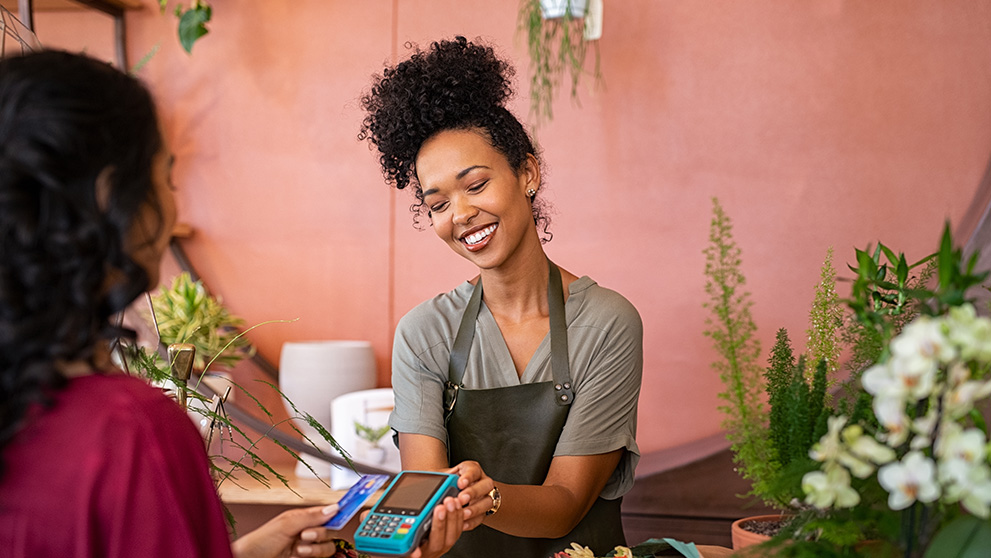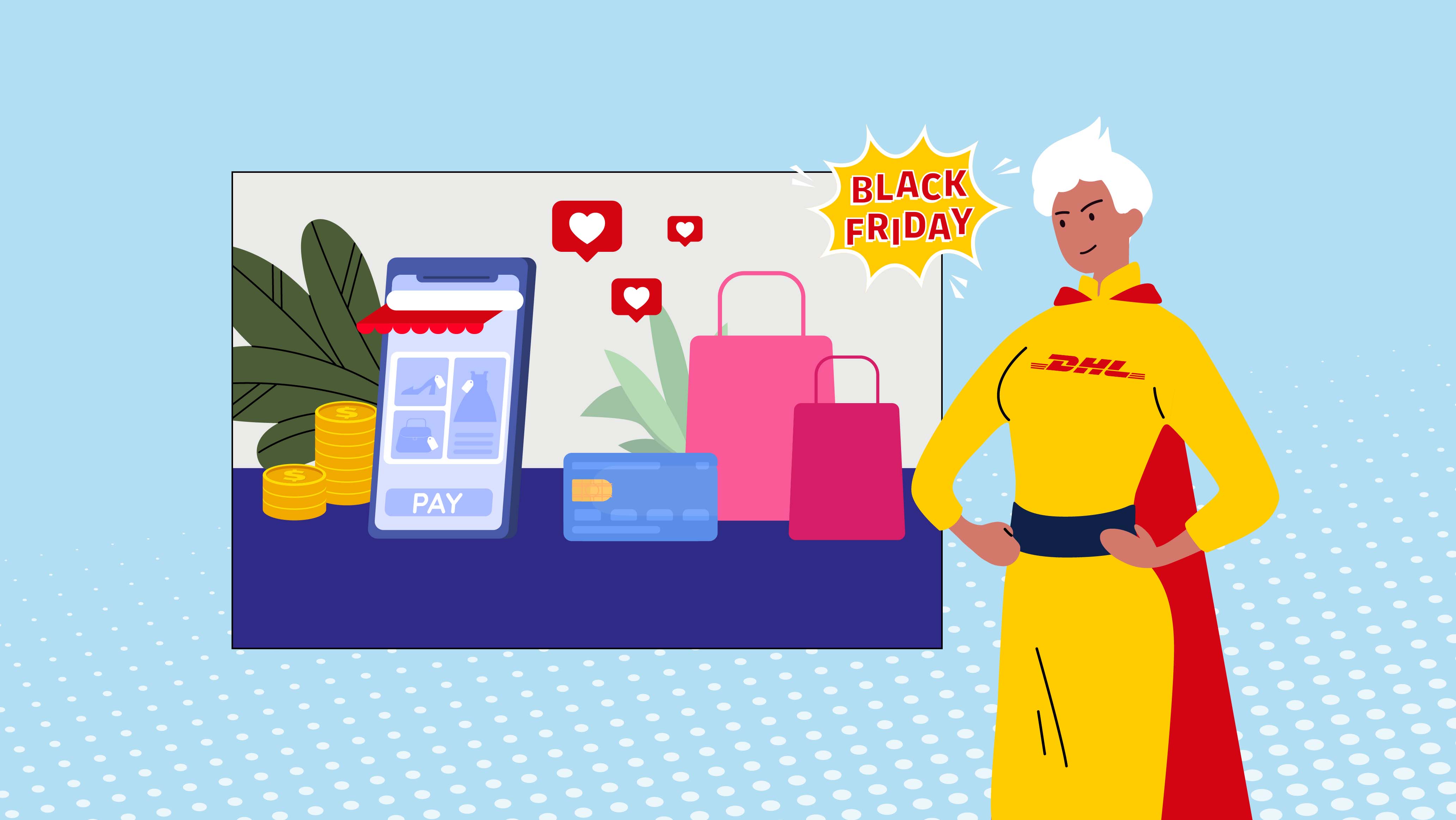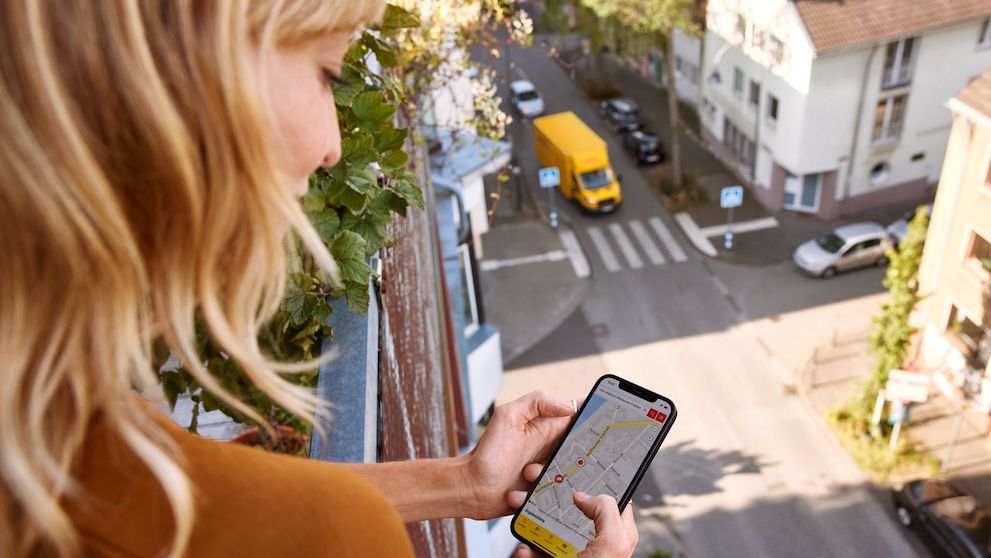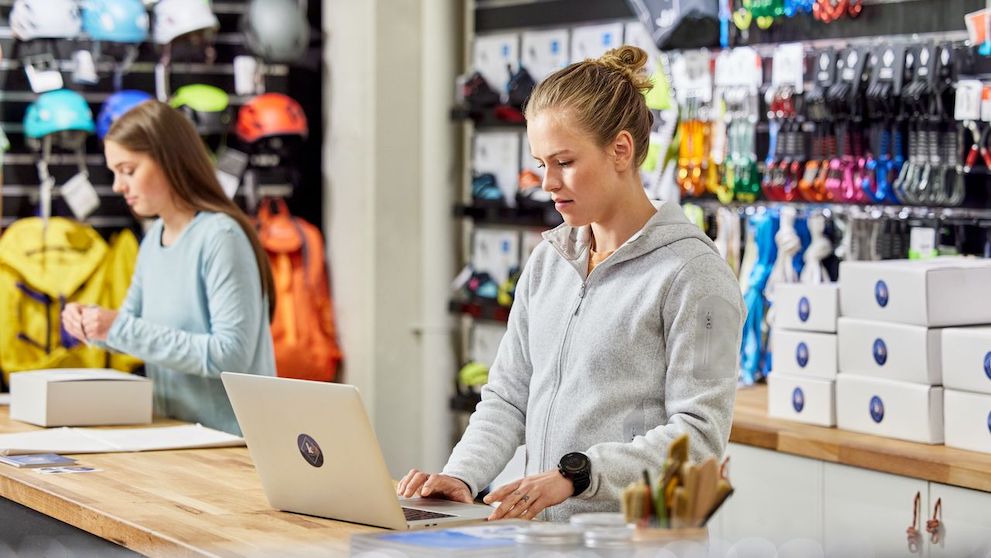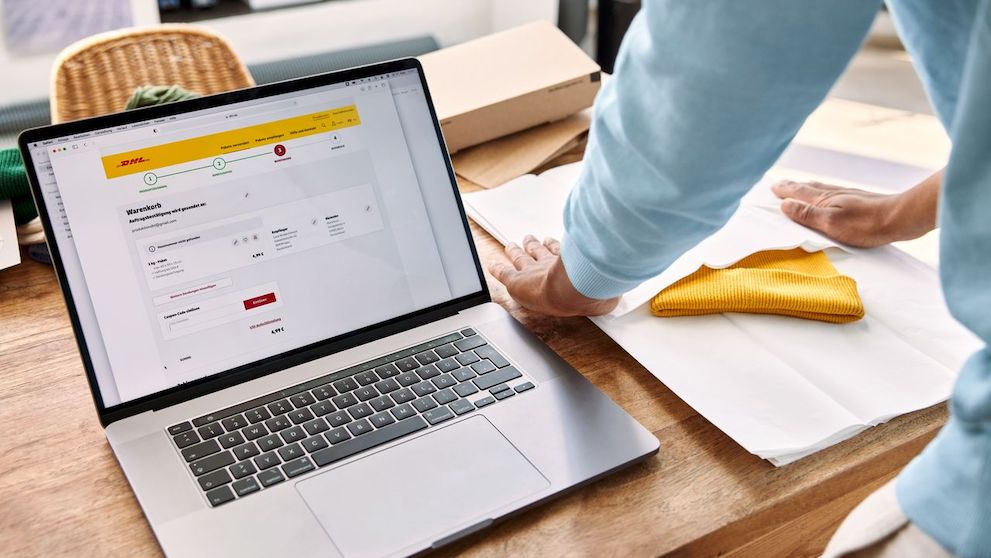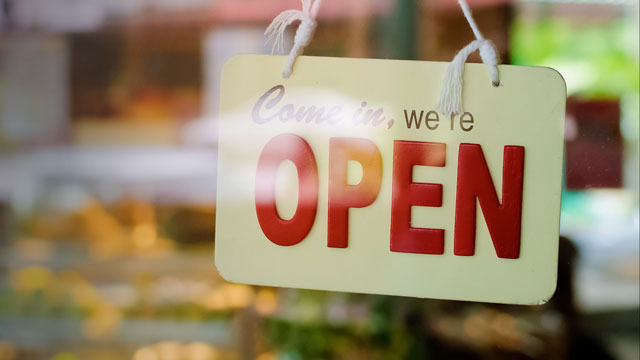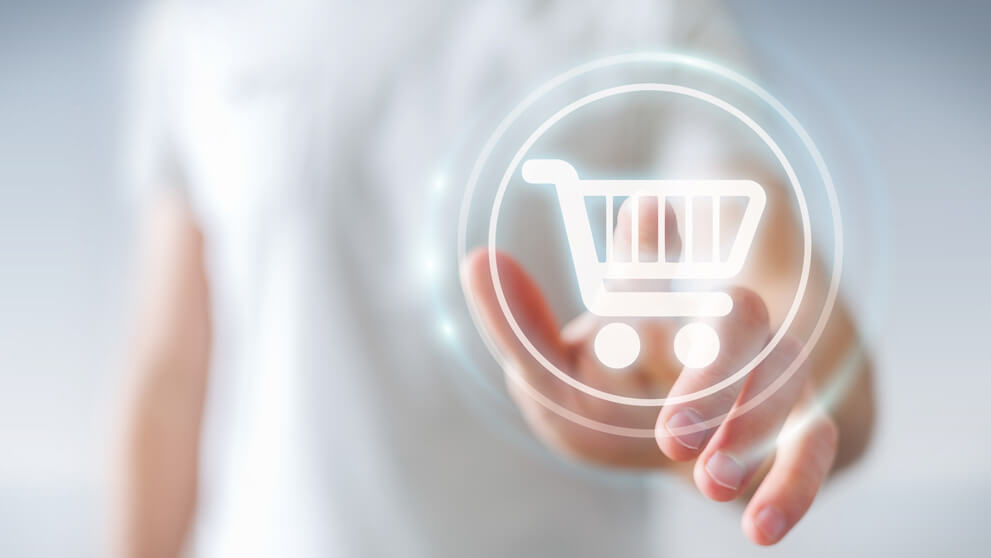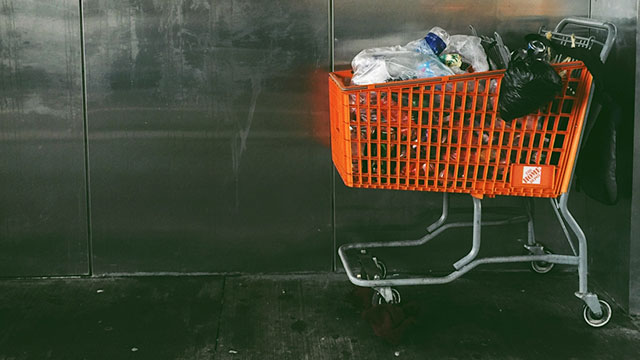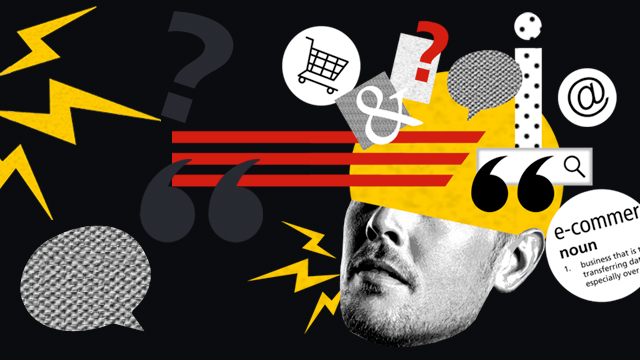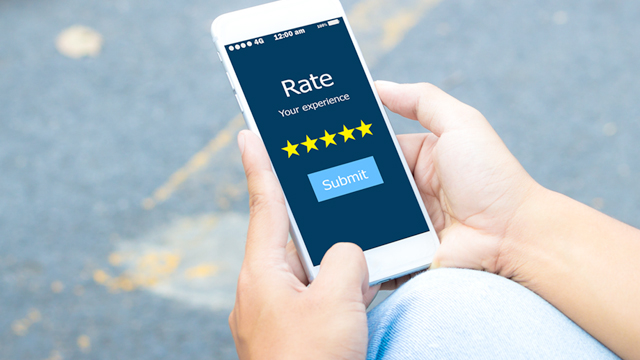These days, many retailers have both an online and bricks-and-mortar presence. But how can they ensure these sales channels work together in a way that delivers a seamless experience to customers? Get it right and you’ll have a stronger brand, better sales, and happier customers. Read on to discover our tips for building a successful omnichannel retail strategy.
As digital commerce catches up with bricks-and-mortar retail, the customer journey has become increasingly complex. These days, the typical customer path to purchase is likely to involve several different channels – consider the customer who discovers a new product on social media; visits the brand’s website to find out more; goes to a physical store to see the product in person; and is incentivised to complete the purchase online after a nudge from a targeted ad. As we can see, the omnichannel journey is complex, unpredictable and often difficult to track.
The challenge for brands is to ensure these different touchpoints work together. 87% of shoppers want a personalized and consistent experience across touchpoints1, yet research suggests retailers are falling short, with 84% of consumers saying they believe they should be doing more to integrate their online and offline channels2.
Building a solid omnichannel strategy for your business that shares customer data and feedback across all channels will prevent disconnects in the buyer experience. You’ll be able to map out the customer journey, understand their behaviors and motivations, and use these insights to deliver a personalized level of service at every sales touchpoint.
So, how can your business create a truly seamless customer journey across online and in store? Read on for our top tips.
Switch to a unified commerce platform to harness the omnichannel customer journey
It’s no secret that customer data is the most valuable asset to any retailer. Many rely on a patchwork of software systems collecting data at different touchpoints, from their e-commerce site to loyalty programs and beyond. However, often these systems work independently, unable to communicate seamlessly with each other, which is a lost opportunity for retailers.
This is why a unified commerce platform is invaluable, combining e-commerce, m-commerce, order fulfillment, inventory management, customer relationship management and Point of Sale capabilities in one place. Retailers can access, in real time, a 360-degree of customer behavior – what they’re buying, where from, and why. This data can be used to build a better customer experience, from more personalized product recommendations, to more flexible purchasing pathways that allow customers to start, stop, divert and finish their shopping across different channels, seamlessly.
A unified commerce platform will also help you reduce mistakes, such as advertising a product you no longer have in stock – mistakes which can lose you customers. Jump online and do some research on what unified commerce platform is the best fit for your business.
Think mobile to take advantage of showrooming
Customers are never without their smartphones, and they often inform their purchasing decisions in store. “Showrooming” is when a customer visits a store so that they can see and feel a product in person, but wait to complete the purchase online where they think they’ll be able to find a better price for it. Thanks to smartphones, this price research can be done there and then, in store. Addressing showrooming, therefore, is vital to keeping a potential customer within your sales ecosystem.
To avoid losing these customers to the Amazons and eBays of the online world, you’ll have to be prepared to be flexible with your in-store pricing. Consider a price-match policy to win these sales – it may cut into your profit margins slightly, but the alternative is losing the sale altogether.
Building a dedicated shopping app for your brand is also a good idea. Customers browsing your products in store will be able to quickly access extra product information, or even arrange for their in-store purchase to be delivered to their home. You can tap into proximity marketing to deliver discounts and sales alerts to customers when they’re close to your store, which will incentivize them to visit.
Offer Click & Collect
Buy online pick-up in store (BOPIS) grew rapidly during the pandemic and is forecast to continue. Offering your customers the convenience of BOPIS will win your business brownie points, and just as importantly, once they’re in your store to collect their purchase they’ll likely browse the aisles and pick up a few impulse purchases. In fact, 75% of shoppers using click and collect services end up buying extra items3.
Ensure the BOPIS option is clearly shown on your e-commerce website, via an intuitive and simple checkout process. Customers’ orders should be ready for pick-up quickly – ideally, on the same day. A strong inventory management system will ensure there are no disappointments – the customer who turns up to collect their item only to discover it’s out of stock won’t return.
Allow returns in store
Unfortunately, returns are an inevitable part of e-commerce – and an expensive one at that, with consumers expecting retailers to cover the costs. Yet, you can make them work to your benefit. Encourage your online customers to return their items in store. For some, this will be more convenient than visiting a returns stations, and once they’re in store, they may end up buying something else – after all, if their initial purchase didn’t work out, it’s likely they’ll be looking for an alternative and you want to make sure it’s with your business.
Introduce a loyalty scheme
A loyalty scheme is a great way to build a relationship with your customers, and should work seamlessly across online commerce and in store. For example, an email marketing campaign that sends offers to customers that can be redeemed both online and in store will be appreciated.
Offer alternative payment methods
Did you know that shoppers are 70% more likely to finalize a purchase if their preferred payment method is displayed as an option?4 Whether they’re buying online or in store, they want options – from digital wallets to ‘buy now pay later’ to credit cards. If you fail to meet this demand, you’ll have abandoned carts and unhappy customers. Check out our guide to the new ways to pay to get started.
And finally…
The customer journey is not over once they finalize their purchase. After the sale is your opportunity to send a thank you email or a discount code for future purchases. This is easier to do with online customers who will have provided you with an email address during the checkout process. For in-store customers, asking for an email address at the till to send them their receipt and special offers ensures they’re not left out.
1 - The Need for Unified Commerce, Kibo, 2019
2 - Invoca blog, July 2021
3 - Whiplash, August 2021
4 - 2Checkout blog, June 2020

